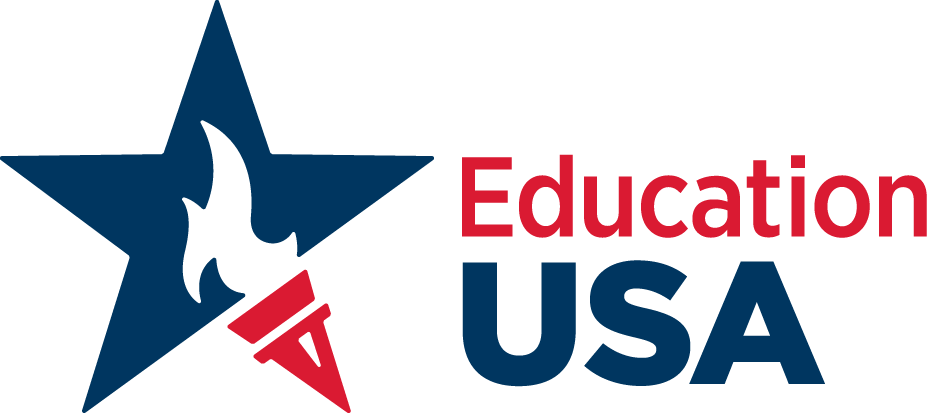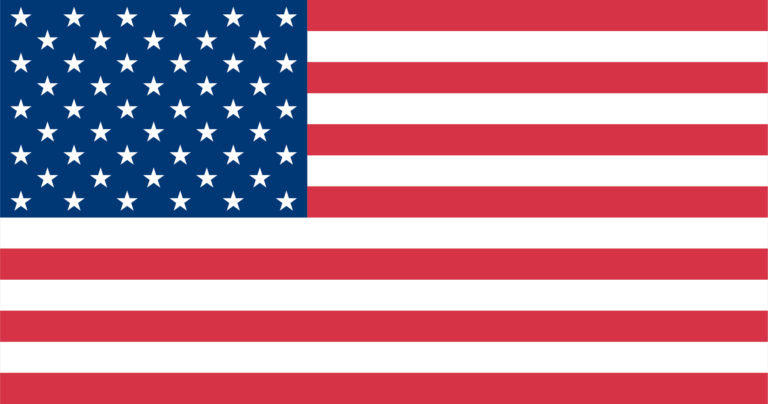Why I Chose a Women’s College
Elisabeth Lee | Summer 2017 EducationUSA Intern
While there are many types of institutions in the US, from research universities to vocational schools to liberal arts colleges, far less known are women’s colleges. Though founded primarily during the 19th century when higher education was inaccessible to women those which exist today have evolved into modern institutions ready to meet the challenges for today.
Women’s colleges are lauded for producing alumnae who go on to be successful in many fields. Although there are less than 50 such institutions in the United States today, their reach is far greater. According to a Forbes article while just 2% of American women attend women’s colleges, their alumnae make up over 20% of the women in Congress and represent 30% of Businessweek’s list of rising American corporate leaders. And the incredible alumnae produced by women’s colleges further demonstrate their success. Just a few of these are:
- First Female Speaker of the House – Nancy Pelosi (Trinity College)
- First Female CEO of a Fortune 500 Company – Katherine Graham (Vassar College)
- First Female Secretary of State – Madeleine Albright (Wellesley College)
- First African American Judge in the US – Jane Matilda Bolin (Wellesley College)
- First Woman to win both the Pulitzer and Nobel Prize in Literature – Pearl S. Buck (Randolph-Macon Women’s College)
- First Female Presidential Cabinet Member – Frances Perkins (Mount Holyoke College)
These alumnae serve to create a network around the globe which help students and fellow alumnae with everything from internship and networking opportunities to a support system for all sorts of problems.
Being a student at a women’s college truly reframes your worldview. After spending 4 years with every student leadership position on campus being filled by a woman it becomes an expectation for the rest of the world. In a society in which women make up a small percentage of the leaders, this experience is empowering and encourages students to take on leadership roles who might not normally do so. In turn it has challenged many of my preconceived notions and in some of the smallest and yet most significant ways. For example, during my first year at Mount Holyoke my class and I weren’t referred to as “Freshman”, but “First years” (just like Harry Potter!) or “Firsties” for short. I’d never considered the fact that while the term Freshman isn’t used to exclude non-male students, it may still be a gendered term and using it at a women’s college seems a bit strange.
Women’s colleges are far more than single-gender institutions. They consistently rank among the top liberal arts colleges nationwide and nearly 75% are in the top tier of other regional and national categories. In fact, I was most interested in Mount Holyoke for it’s across the board diversity and classroom experience and found that on these factors alone it was a better option than the other, co-ed schools I was looking into.
Its status as a women’s college didn’t dissuade me nor convince me, but looking back on my experience the past 3 years it has made all the difference. Even though I went to a public, co-ed high school the fact that the students on campus are generally women has never felt strange. Instead it is a special and wonderful community which I can rely on and find joy in. I am continuously impressed with the amazing things my peers are passionate about or studying. I have met fascinating people from around the world and around the US.
I have personally enjoyed the single-gender makeup, but for prospective students who are more tentative there are many opportunities to collaborate with co-ed institutions. For example, women’s colleges like Mount Holyoke, Smith and Scripps are in consortiums, the Five Colleges and Claremont Colleges respectively, which allow students to take courses, attend events and join organizations at all linked institutions. Even those which are not part of consortiums are far from isolated. Barnard College has a unique partnership with Columbia University and students at Wellesley College can register for courses at neighboring institutions, including MIT, and complete several 5 year dual-degree programs available through such partnerships.
Many students at Mount Holyoke and other women’s colleges openly express that they never expected to end up at a women’s college. In fact some were initially resistant. But whether it was a tour of campus, an encounter with a kind alumna or an inspiring interview each decided it was a good fit. Though women’s colleges are not for everyone, they are truly fantastic institutions which are often misunderstood. They are far from traditional or outdated and in fact are embracing the 21st century head on as places of learning for a motivated and diverse group of students.
An intern at the Fulbright Commission in Brussels, Elisabeth Lee is a rising senior at Mount Holyoke College double majoring in History and French. The opinions expressed in this article do not reflect the views of the EducationUSA Advising Center or of the U.S. Department of State.


